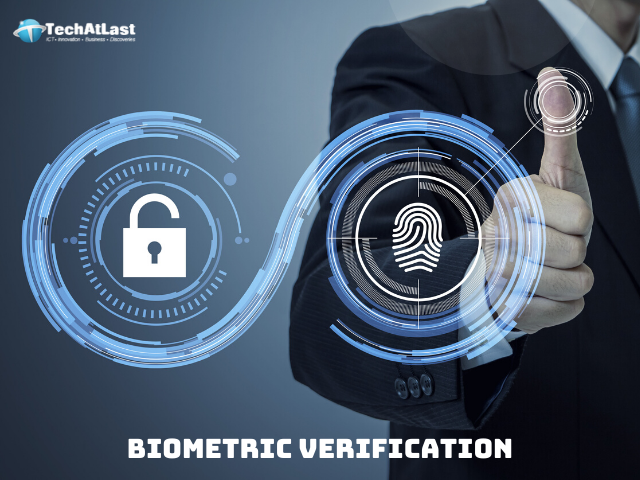Biometric verification has added a security layer for businesses. Using facial recognition technology, online face verification can be performed within seconds.
Biometrics have been in use for quite a long time and are used across several industries. One of the primary reasons behind this fame is that it offers convenience for businesses and consumers both. One of the most common biometrics is facial recognition and it’s predicted that by 2024 facial recognition market will grow at CAGR 16.6% reaching a record-high value of USD 7.0 billion.
Biometric verification is changing the way identities will be adopted in the future, a person’s identity will be his face and not a piece of paper. Thanks to the advancements in technology private and public sectors are already using face recognition for several purposes.
Some major use cases of face verification are fraud prevention, customer onboarding, user security, data security, crime control, border controls, etc. Fraud and crime control are the primary use-cases.
Facial biometrics screens the face of a person and store the data in the form of algorithms based on machine learning. Later these algorithms are matched with the faces in the databases to find a match, or matched the face on the ID card of that person.
Let’s see how the private and public sector is using this awesome technology to enable a totally automated future.
How biometric verification enables ultra-modern future

Crime control
Crime control agencies are using face verification to identify criminals. FBI uses it to match the faces of suspects with the faces of people charged with some crime. If a match is found it could be used as a legal proof against a suspect.
Other than that the police departments in some states of the U.S.A and UK are also using facial recognition to find criminals. They use public surveillance cameras to find the suspects.
Unfortunately, the masses have not accepted this change. Some human rights activists and consumers consider this practice as a violation of human privacy rights. But many of them have accepted it given the security it provides. Research conducted recently found that 54.8% of Americans agree that facial recognition shouldn’t be limited if it adds to public safety.
Travel industry
Airports use facial recognition to perform border control and security protocols. Many airports use it to verify the identity of passengers and reduce crimes such as human trafficking, drug trafficking, smuggling, money laundering, etc.
The Hartsfield-Jackson Airport in Atlanta has completely automated the passenger screening process making travel document-free. The airport screens and verify the faces of passengers at different check-points. The passenger shows his face to the camera which is scanned and verified to allow access to the concerned terminals.
Businesses are using it for KYC screening of their customers
Identity verification businesses use biometric authentication in KYC screening solutions to verify the identity of a person. The end-user shows his face along with the identity document and the AI-based KYC Solutions verify both in real-time.
The face of the person is scanned and stored in the form of machine learning algorithms, which are then compared with the face on the identity document. These solutions enable businesses to onboard customers, perform customer due diligence, fraud prevention, etc. Facial biometrics are used for employee attendance and at data centers to allow limited access to only authorized people.
Other than those facial biometrics are also used by force for border control measures. Hence facial recognition has multiple use-cases for different industries to move towards total automation.
Identity theft and the use of fake identities have increased fraud and ID cards are no longer secure enough to verify the identity of a person. Also, everything is digitized from online shopping to payments and financial transactions, and it has increased the need for digital security measures. Facial biometrics provides the needed security with high accuracy that substitutes in-person identity verification.
Biometric verification adds extra layer of security for small businesses with facial recognition technology which can be performed within seconds, but it does have some of its shortcomings. We will talk about them in coming articles.
If you have questions, drop them below and let’s discuss them further.






